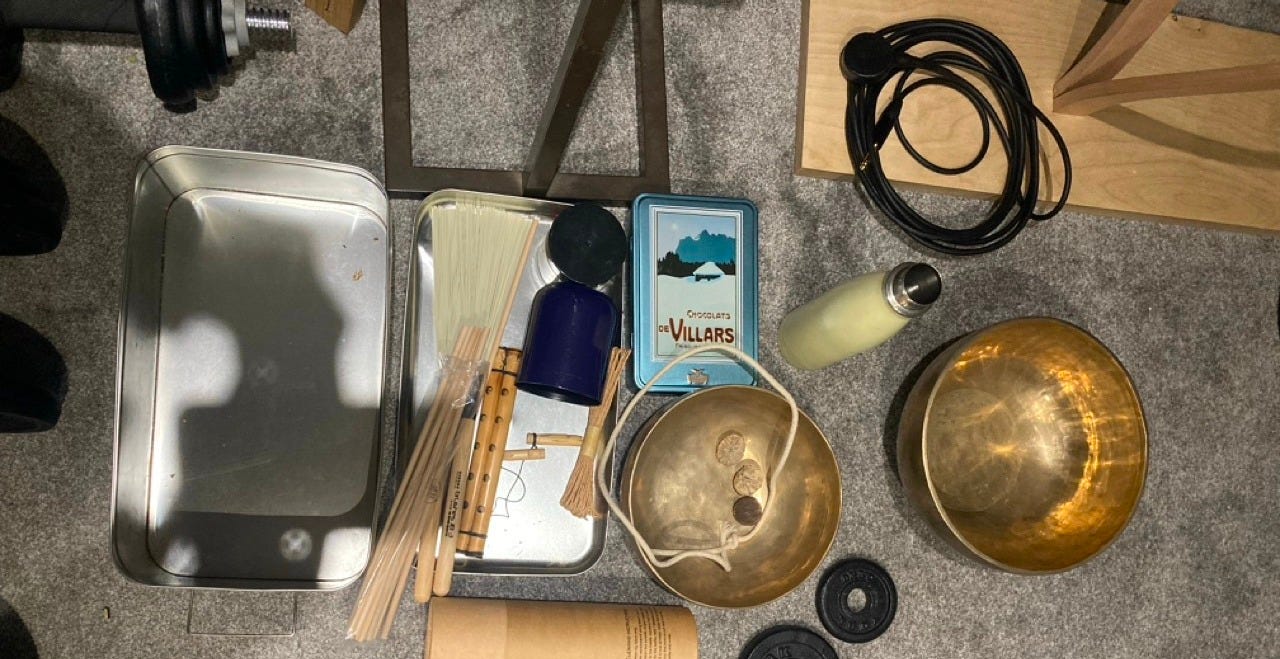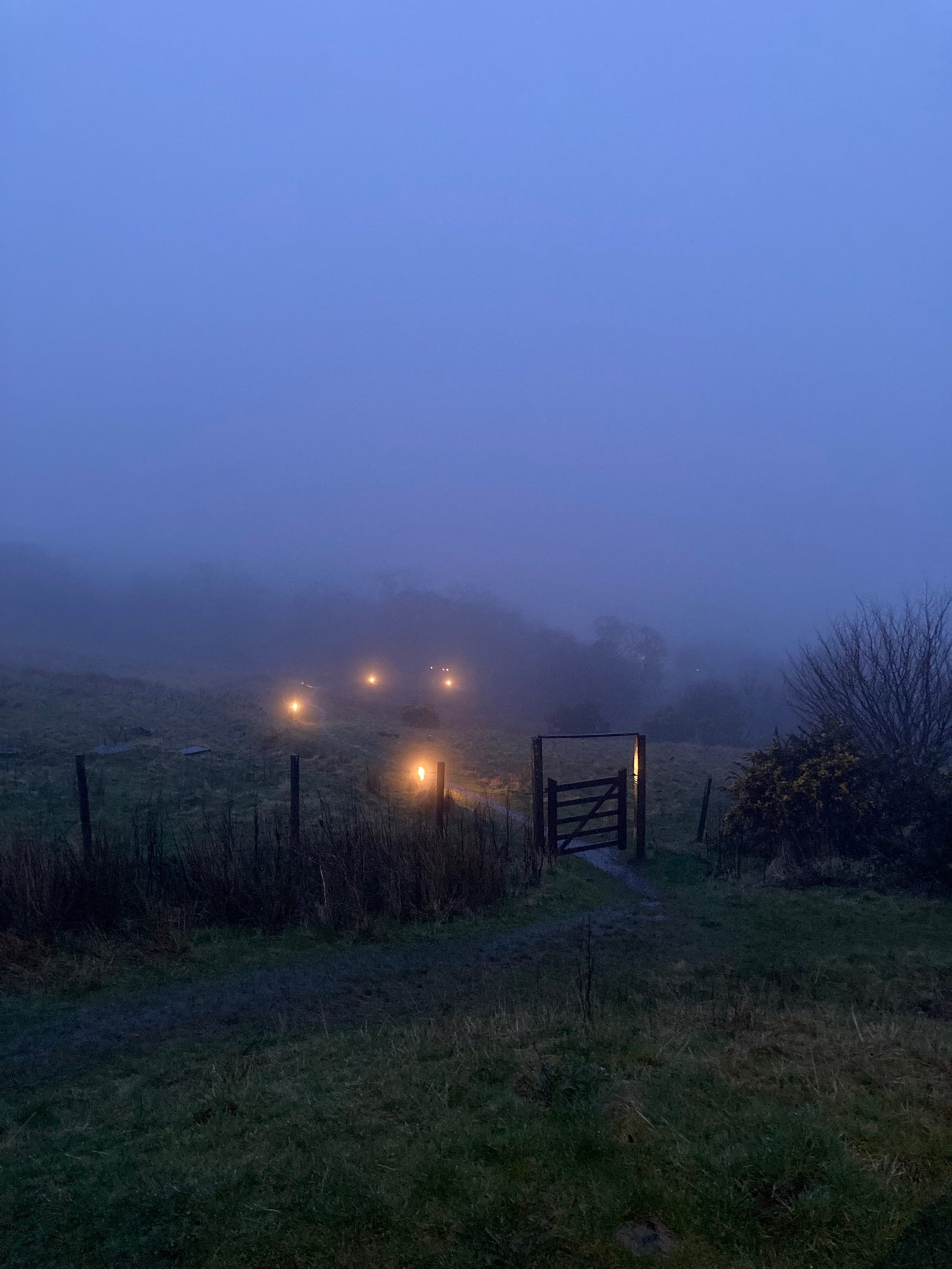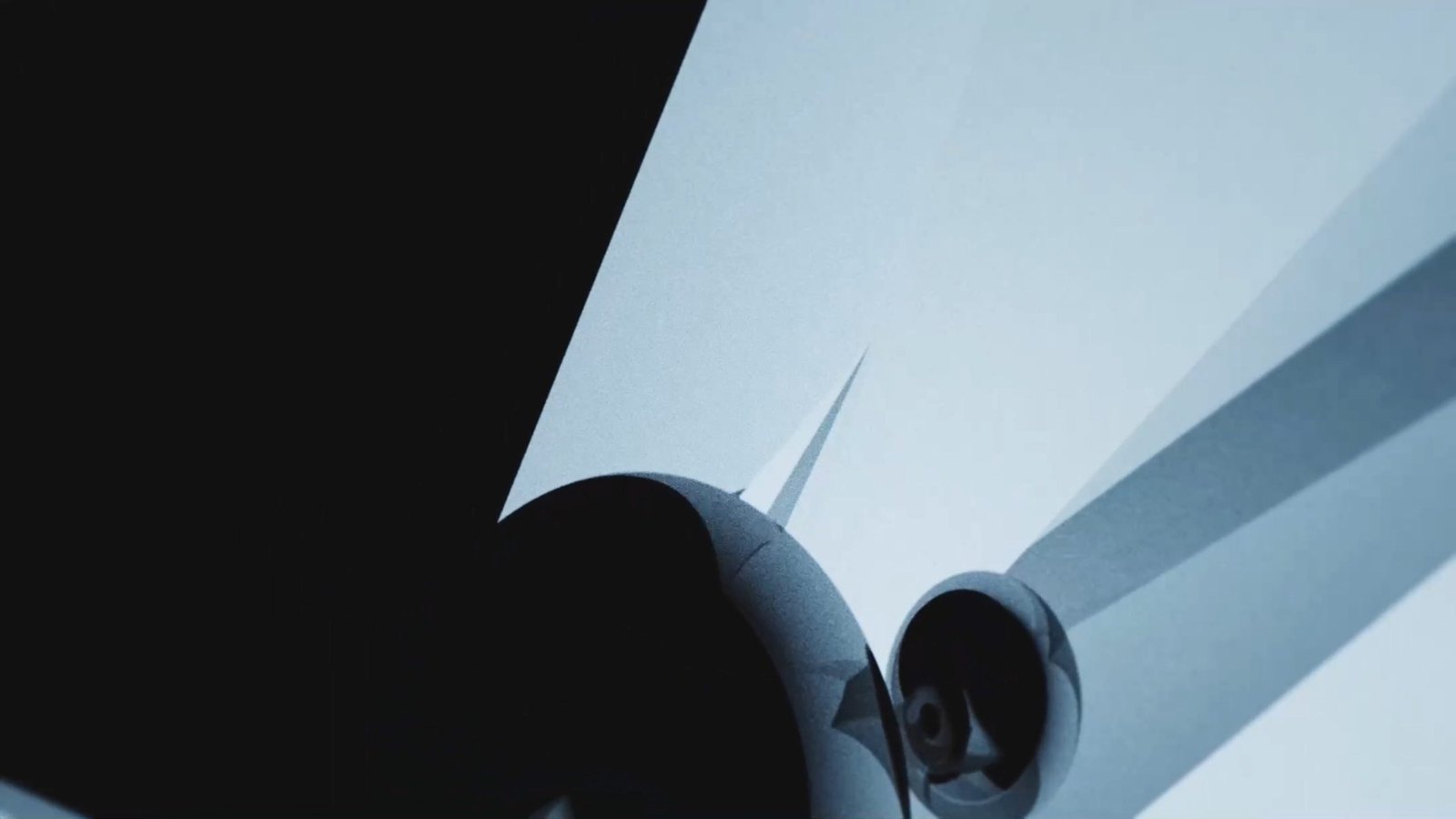Creativity & Education
Sowing the seeds for future fulfilment
A couple of months ago I was involved in a workshop at Glasgow University, in the Advanced Research Centre, working with Phd students, educators and researchers on creativity’s place in education. Myself and a fellow artist Douglas Taylor were leading a part of the workshop dealing with sound and listening, working with found items, instruments and resonant objects. This is the kind of thing I would have been completely lost with five years ago, but now it feels like the most natural thing in the world – exploring a subject with others through experience. There were a number of other educators sharing their experiences and there were some fascinating insights into the educational landscape at present. I immediately began examining my own experiences of education and where creativity intersects it, and this is the first thoughts on the subject.
Once again I am delving into an area where creativity and health intersect, but in this case the effects are at an even wider degree of impact. It may not be immediately obvious where education can be equated to health, whether that be at a personal or at a societal level, but it appears to me that this is absolutely the case. And here I am largely talking about my experience of education in its official capacities, within schools and universities. It is here that the structures of our society are most in evidence; its complexes, biases and obsessions, and its blind spots. One look at the current educational obsession with STEM subjects (Science, Technology, Engineering, Mathematics) and it’s relegation of Arts subjects to the metaphorical car park beside the toilet block, and you can see that there is a clear imbalance embedded in the system.
[Although we might also argue that modern education is more total and more insidious in the form it takes as our overall culture; the constant education of our film, our TV, our social media.]
The intuitive mind is a sacred gift and the rational mind is a faithful servant. We have created a society that honours the servant and has forgotten the gift.
Albert Einstein
Why is creativity important in education?
Creativity is the wellspring of aliveness. It is where we as humans have the greatest liberty and the greatest ability when compared with our non-human neighbours. Creativity gives a sense of agency, and a groove of thought that allows us to see potential everywhere, rather than simply being compelled to follow a track provided for us. In education, this is especially important as it is setting the neurological scene in brains that are still developing. Patterns of thought created in the early development phases cast either a long shadow or a ray of light that illuminates the future, depending on their nature. If you stifle creativity in the early stages of a human’s development then you are limiting their future potential, and artificially reducing the bounds of their awareness. It is a crime to do such a thing to children or young people.
It is tempting to ascribe such things to a global plot to make everyone stupid and in obeisance to their STEM overlords, but of course it is probably just the result of a blind and unthinking following of the track of thought that has defined the last century. Namely the reduction of everything to only that which can be measured, and which can be of utility to a systems-oriented civilisation. The irony is that when examined, all of these ingenious systems and technologies have been developed by highly creative people, and the future of these developments will also hinge on such people. Our society will make it harder on itself in the long-run. See Iain McGilchrist’s ‘The Matter With Things’ for a thorough breakdown of all the neurological bases for these factors. Apparently global IQ scores are already well into a several decade-long decline.
Aside from falling IQ scores, particularly at the top end of the scale, there is also the wider effect of creating people with a reduced sense of their own agency, and a reduced ability to cope with changing situations. To think creatively is to be in touch with one’s intuition, and to develop the intuitive faculty has to be one of the greatest gifts that education can grant anyone. And this is a faculty which is innate. Half of the problem with our culture, and education in particular, is how keen we are to knock these natural abilities out of people so that we can ‘educate’ them properly. And this has created a stifling monoculture, making great gains in efficiency but, like all monocultures, incredibly vulnerable to sudden change.
As Stephen Nachmanovitch notes in his excellent book “Free Play – Improvisation in Life & Art”
We often make the mistake of confusing education with training, when in fact these are very different activities. Training is for the purpose of passing on specific information necessary to perform a specialized activity. Education is the building of the person. To educe means to draw out or evoke that which is latent; education then means drawing out the person’s latent capacities for understanding and living, not stuffing a (passive) person full of preconceived knowledge.

Some Observations from Educators
Listening to the other presenters from education, there were some interesting areas of agreement.
- The need for joined-up thinking across disciplines
Part of the atomisation of society has been the dividing up of every discipline into its own world, even where the overlaps are clearly the area of most fruitful potential. A classic example of this is in the sciences where it is increasingly obvious that physics, chemistry and biology are too intimately connected to be treated entirely as isolated entities.*
- Greater trust in individuals
The current agenda has been to create an education system that is uniform and systematised to such an extent that theoretically anyone can teach it. This of course removes much of the individual creativity of a teacher’s approach to a subject, making it boring to teach, removing a sense of agency for the teacher, and creating a lifeless class for those being taught. The teachers who had the greatest impact on me were the ones whose personalities came through in the way they taught the curriculum.
- Intuitive connection and the value of community
An example of this was given involving the problem of teaching in a class in which English is no longer the first language for the majority of students. One of the fascinating insights was that it was better to teach ‘back to front’ starting with what all students already knew and then building from there. Arts approaches here worked much more efficiently and got much better results.
- Less systemisation, and more awareness of individual nuance
The need to move away from a one-size-fits-all system to create usefully cloned students, and into a system that respects the individual aptitudes and inclinations of the individuals.
*I recently read an excellent book which highlighted this perfectly – ‘The Emperor of Scent’ by Chandler Burr.
Creativity in action
What about on a more personal level? One of the factors that immediately becomes apparent is just how much a sense of judgement snuffs out our natural creative sense. This judgement is both internal and external, and is the kryptonite for intuitive and creative thought. How often do we stop an idea in its tracks based on how we imagine it will be received? Writing this now, I can hear that doubting voice: “What do you know about education? Why does your opinion mean anything?” etc. But intuitively I feel that it’s important to write about my experiences in this arena. It feels universal, rather than personal.
One of the rewarding things about the sound workshop was feeling the anxiety dissipate as we simply made sound and listened. That anxiety was present for everyone, both us as organisers and others as participants. But as soon as we began choosing instruments and slowing down the thinking process by simply listening, the process became relaxing. Judgement comes from the thinking mind and the more that the thinking process is curtailed, the more the feeling of self-criticism recedes. This is a training which can be undertaken by anyone; stepping back from judgement, even if just temporarily. And this judgment is usually reflected on others in direct correlation to how much it is focussed on ourselves and vice versa. By learning to suspend judgment on ourselves we become better at suspending judgment on others. It is clear in our current society just how much personal dissatisfaction is reflected out in to the world and aimed at others, adding to a societal constriction in which free expression is increasingly stifled.
When I teach music making, I feel the satisfaction in students at the creative freedom, but I also observe the battle with conformity and judgment and the need to unpick it. There is a dance of conflicting forces, and it is only by stretching the creative muscles that we can create a counterbalance to the overwhelming momentum of conformity that is always pushing at our personal boundaries. The feeling of having brought something into being has an intense satisfaction to it. It is not about simply doing something with a clear functional outcome, and it has merit even without any logical outcome at all. It can still create eddies and echoes of its own which impact life in subtle and intriguing ways. And of course how this intersects with mental health is of primary concern as a society. The feeling of helplessness and lack of agency is often at the very core of mental health conditions, as is the malaise of over-thinking, self-criticism and judgement.
There is also the interesting paradox of the personally creative as it intersects with the community and the collective. This is really a part of that same dance I think. Finding one’s own voice is of fundamental importance, but beyond that it only finds its true expression in how it interacts with the whole. Making beautiful music for oneself is a lovely process but until it is shared then it hasn’t fulfilled its potential. Which is not to say that we should simply share everything that we create. As ever, discernment is central, and the tidal wave of current creative output in the world is testament to that need. We each know intuitively when we have created something of worth, to whatever the degree we are capable, and that creation will find its appropriate audience. To paraphrase Hazrat Inayat Khan – we are each a note in a symphony. We each have our role to play.
These are some ideas that I have found useful in my own teaching:
- No black and white. No right and wrong.
- Creation is its own end
- Show them an ideal without holding them to it
- An ideal of process is usually more useful than an ideal of outcome
- Meeting each person where they are
- Creation rather than analysis (So much schooling is about the latter)
- Music/Art as a means to use the brain to the fullest.
- Hemispheric science has been misused but in its more nuanced understanding can provide valuable insights into creativity and education
- Doing a “pointless” task such as ‘use these audio files in as many ways as you can’. No marking. No answers.
- Meditation as a means to relax the mind. Breath in nose or chest. Sinking into the heart. Visualising dissolving in water. Asking for help. Allowing thought and allowing it to pass.
- Thinking is largely unnecessary.
- Thinking is based in limitation. It presupposes what we already know. Removing ourselves from thought allows new vistas.
- Every assumed condition is a barrier. Releasing the self-imposed limitations.
- Fear is the killer. Expectation is a trap.
- The power of ‘scatter’ where information is spread through unrelated forms and processes.
- Try reading a book on learning interspersed with a book of stories or on some other subject that interests you. Einstein famously used to intersperse his thinking with playing the violin.
- Take a break outside
Relevant Reading:



